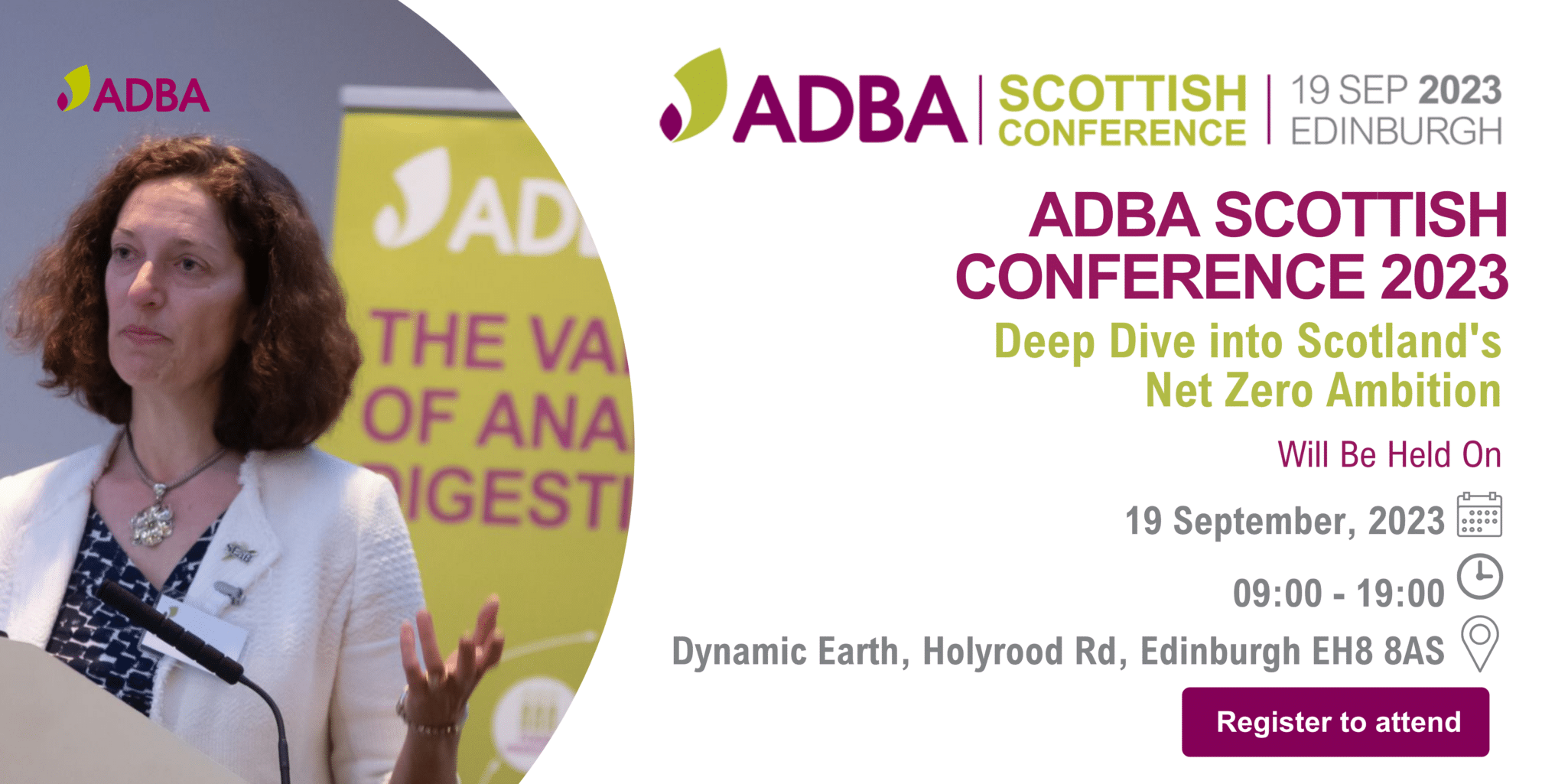Coventry-based Gas Data has been providing fixed site gas analysis solutions for more than seven years to a number of companies in the waste water industry including Severn Trent Water.
Sewage treatment works all produce varying amounts of sludge. This material has to be removed from every works but, inevitably, it is difficult to handle and, to say the least, rather smelly. To make this sludge stable to further degradation and more or less odour free, most water companies use AD techniques. These technologies harness natural oxygen-free decomposition by which organic materials break down to produce biogas – roughly made up of 65% methane and 35% carbon dioxide – along with a much reduced residue of stabilised organic material. The latter can often be safely deployed as fertiliser. In fact, by returning it to the soil in this way, nutrient and organic matter cycles that occur naturally are completed. methane can obviously also be used to produce green electricity and this is becoming a priority for many water companies given the interest in renewable energy.
Maximising the methane to power the engines at a site usually involves controlling a wide variety of sludge intakes. Some digesters handle household/domestic (green route) sludge, whilst others process industrial sludge or a mix of both. However, and particularly in the case of industrial intake, there’s never any certainty as to the exact quality of the sludge and its subsequent potential to produce high quantities of methane for energy use. It’s therefore important to monitor the amount – and type – of gas produced by digesters and this is where Gas Data come in.
Gas Data introduced a fixed site fully automated sludge digester gas monitoring system for Severn Trent Water in 2005 which is an accurate and reliable on-line system for determining gas production from the digesters. Initially measuring from one sample point this has since become a further advanced set up now measuring from over 15 sampling points across the one site.
Chris Dakin, managing director of Gas Data, says that you need to understand your gas breakdown in order to have an efficient system that is cost effective:
You could be losing out on a number of levels if the gas from your anaerobic digester is not being analysed:
- If you don’t understand which feedstock produces the best output of methane you won’t be able to optimise energy production
- Hydrogen sulphide corrodes engines, produces sulphur dioxide when combusted and mixed with water vapour results in sulphuric acid. Therefore unmeasured can result in costly damage to engines – the less H2S the better.
Peter Doughty, Severn Trent’s renewable energy production manager:
Due to the variation in sludge inputs to digesters, varying levels of gas are produced. When gas levels change it is important to see immediately which digester is producing insufficient gas. But perhaps more importantly, we need to keep an eye on the Hydrogen Sulphide levels so that any unusually high levels containing harmful acids can be prevented from reducing the performance and lifetime of our engines.
Monitoring the gas quality is critical to the reliability of the CHP engines. It is important for us to highlight quickly any deterioration in gas quality and attribute it to a specific digester. The Gas Data system samples gas from each digester several times an hour to enabling the root cause to be identified and measures implemented to restore gas quality as soon as possible.
All of our gas performance criteria can be seen at a glance online using a password protected site to access data. The geographic overview shows the amount of gas being produced by each digester, showing the percentages of methane, carbon dioxide, oxygen and hydrogen sulphide.
The technique used is successful in environmental monitoring applications where conventional online analysers have failed due to onerous maintenance requirements. This Gas Data system is designed to be virtually self maintaining and sample lines are kept dry and blockage-free by using a simple but highly reliable self purge technique.
The gas produced by the AD units is used for multiple activities, a small part of the gas is used to heat the AD process, the rest is taken to the CHP engines (combined heat and power). Electricity is sold directly into the electricity grid and the heat is used for the final heating of the AD process.



